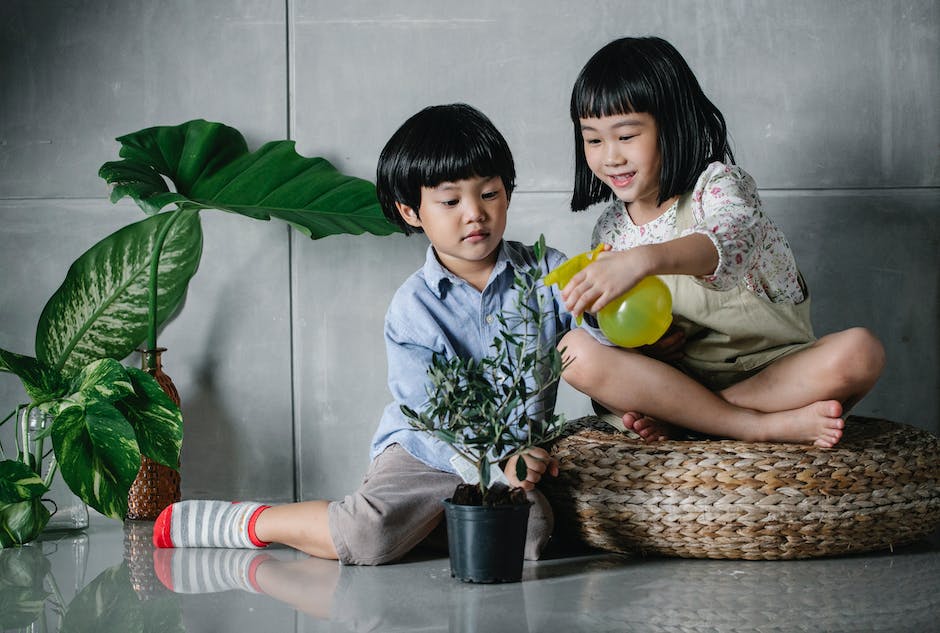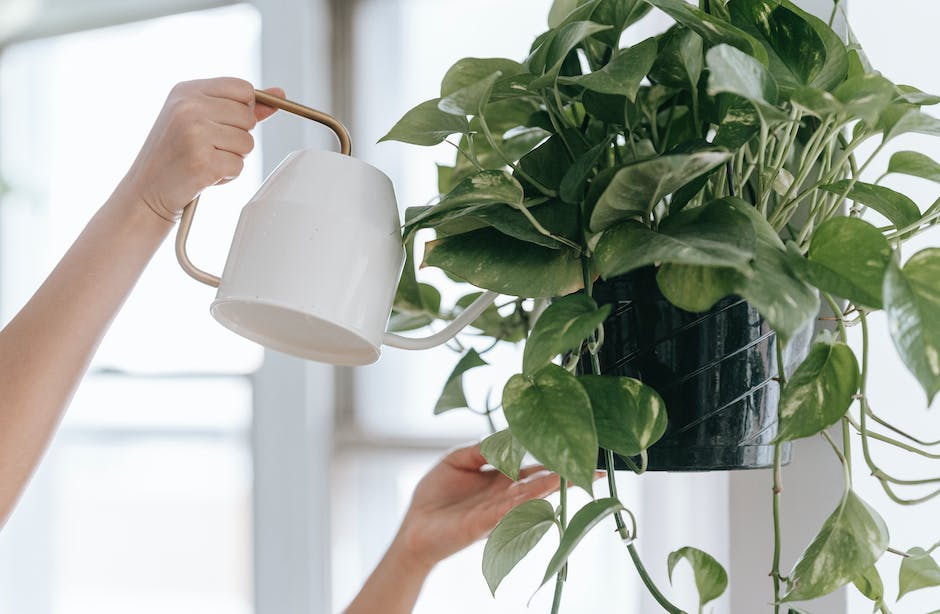Your Green Companion in Flight: Taking Plants On a Plane

For plant enthusiasts, the prospect of traveling with their cherished green companions can bring about a mixture of excitement and apprehension. Whether you’re transporting a rare fern from a distant nursery or taking home a souvenir cactus from your trip, the process may seem daunting. The key to successfully accomplishing this is a thorough understanding of the various regulations and guidelines that govern the transport of plants through airlines. Not forgetting the care needed during and after the journey, to assure the well-being of these green companions. This article delivers a comprehensive guide on these issues and presents useful tips for packing, handling, and caring for plants during air travel.
Importance of knowing the regulations
The Green Globe-Trotter’s Guide: Navigating Airlines and International Rules for Plant Transportation!
Ah, the beauty of tropical ficus, the hypnotic allure of succulents, or the simple joy of the humble marigold. We plant enthusiasts have a single unifying bond – the appreciation for the glorious world of flora. Among us are avid travelers, like-minded enthusiasts who extend their throbbing passion into collecting unique specimens from different places. Of course, there’s always a hitch: How to bring back that perfect specimen without breaking any laws or causing any damage?
Understanding airline and international rules when it comes to plant transportation is just as critical as catching that flight on time.
One might ask, why is this so important? Well, jumping into the sea of rules without a life-jacket can lead to some real nightmares. Penalties, plant confiscation, or even worse, introduction of harmful pests or diseases into your home country.
Firstly, the Combating of Alien Invasions!
Every country takes its plant biosecurity seriously. The unseen tiny pests or disease hidden in plants can threaten local ecosystems, agriculture, and thus, economies. That’s why the U.S., Australia, and many other countries maintain strict regulations, aiming to avoid potentially devastating biological invasions. So, never consider smuggling that coveted specimen. You’ll not only face hefty fines or penalties but also contribute to endangering fragile ecosystems.
Tip-toeing Around the Airlines’ Policies
Airlines often have specific carry-on or check-in guidelines when it comes to plants. Avoid a check-in scenario that leads to your precious plant being stored in unfriendly conditions. It’s wise to question the airlines in advance to ensure that your green baby gets a comfortable, damage-free flying experience.
Navigating the Daunting Customs Rules
The international rules on plant import can be a maze of paperwork and red tapes. USDA’s Animal and Plant Health Inspection Service oversees the import of plants into the U.S. In most cases, importers must obtain a Phytosanitary Certificate, which is a plant’s clean bill of health approved by a plant protection organization from its country of origin. Always keep yourself aligned with these regulations to ensure a smooth return journey with your newfound leafy friend.
Climate Checking Is Fundardon’t lookental!
Lastly, no one wants to subject a plucky little desert cactus to a frosty winter trip back home. Assessing how the plant will cope with the journey and the conditions it has to adapt to once home should always be a top priority.
In a nutshell, while the thrill of adding that exotic sprig to your collection is unparalleled, following airline, and international guidelines are crucial. Awareness and understanding in this department assure you’ll bring home the green, creating spectacular plant stories to last a lifetime!
Best of luck and happy plant hunting, fellow green-thumb travelers!

Proper packing and handling of plants
Harnessing the Green-Thumbed Traveler: Properly Preparing and Packing Plants for Air Travel
As dedicated plant enthusiasts, we understand the profound bond that grows between us and our vibrant green companions. But what happens when we want to take our beloved flora over the sea and skyways? Thankfully, there are environmentally safe techniques that allow our leafy friends to journey alongside us, ideally in one verdant, healthy piece.
Firstly, it’s essential to implement an effective watering strategy. Hydrating plants excessively right before air travel can make them susceptible to freezing at high altitudes. Instead, water them a day or two before departure to keep soils slightly damp. Adopt the ‘keep it light’ strategy by reducing the amount of soil encompassing the root system. The aim is to retain the minimum soil necessary for your plant’s survival capacity, thereby adhering to airline weight restrictions.
Encasing your plant involves securing the pot within a plastic bag. This containment prevents the soil from spilling, thus maintaining cleanliness during the flight and facilitating customs inspection. However, ventilating the bag is a must – a couple of small holes should allow the plant to breathe while still retaining some humidity.
Next, focus on physically protecting the plant. Depending on the size and type of plant, various methods, such as the ‘newspaper roll technique’ or the ‘bubble wrap method’, might be appropriate. The former involves lightly rolling the plant in several layers of newspaper, while the latter requires gently wrapping the plant in bubble wrap. Remember, these methods aren’t mutually exclusive – use them in conjunction to offer your plant optimal protection.
Sometimes, it’s best not to reinvent the wheel and prefabricated plant carriers can be a boon. These are sturdy boxes with slots or compartments designed to keep plants steady and secure. They’re an excellent choice if you’re bulk transporting or dealing with delicate plants which are more susceptible to travel-related stress.
Lastlt, labeling is crucial. A clear ‘Live Plant’ label on your packaging assists airport personnel in handling your package appropriately. Also, including a note with the plant’s scientific name and destination helps comply with customs regulations.
Air travel can be a stressful ordeal for our vegetal companions, but with meticulous preparation and packing, these traveling woes can be significantly reduced. The call of the journey is irresistible to the ardent plant lover – all it asks for is adherence to responsible plant transport.

Care for plants during and post travel
After carefully considering the procedures, biosecurity measures, packing strategies, and documentation for transporting plants by airplane, next comes the practical side of caring for the plants during their high-altitude journey. Armed with detailed comprehension and respect for rules, while recognizing the responsibility we have towards halting the spread of pests and diseases, it’s time to get our plants airborne!
Firstly, consider the optimal environmental conditions during flight. Unfortunately, the temperature and pressure in the plane’s cargo area can fluctuate significantly. Keep in mind that light is severely limited during flights and considerations for plant’s photosynthetic needs are vital. Therefore, it’s essential to know the plant species’ specific needs as some can be incredibly hardy while others can be quite sensitive. In general, succulents, cacti, and air plants can typically withstand the travel conditions better than other species.
Drying out is perhaps the most common issue plants face during air travel. Remember to hydrate the plants well before the journey. However, beware of overwatering, as excessive water could lead to root rot in the absence of light and air circulation. You can opt to lightly mist the plants before departure if your plant species is prone to dehydration or prefers a humid environment. This compensates for the low humidity often experienced in-plane cargo holds.
Post-flight care is equally crucial. Upon reaching your destination, carefully unpack the plants as soon as possible to let them breathe. Examine the plants thoroughly to ensure that no damage has occurred during transit or no signs of plant stress are evident. If there are signs of wilting or drooping, water the plants thoroughly, and keep them in a shaded, cool space to recover.
Also, make sure to acclimate your plants slowly to their new environment to minimize plant shock and stress. If they have flown half across the globe from a tropical setting to a temperate one or vice versa, it’s quite a shock to their system. You can replicate their home conditions for a few days and steadily introduce the changes – be it lighting, humidity, or temperatures.
For the first few days, it’s best to keep a closer watch on the plants and attend to any issues that may arise immediately. If a plant appears ill, segregating it from other plants would prevent potential disease spread. Remember, the key is to keep the plants comfortable and help them acclimate to their new ‘home’ as gently as possible.
By following these tips, you can ensure that your plant friends reach your destination in the best possible condition and transition smoothly to their new surroundings. Happy gardening and safe travels!

Successfully traveling with plants is both an art and science, which involves a keen understanding of regulations, thoughtful packing and handling, and dedicated care during and after the flight. No doubt, this task bears its fair set of challenges. However, having the right knowledge and preparation can make the journey significantly less stressful for both you and your botanical companion. Remember, a healthy plant not only adds to the beauty of your surroundings but also serves as a symbol of your triumphant journey. May your travels always be green!



